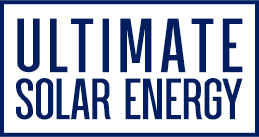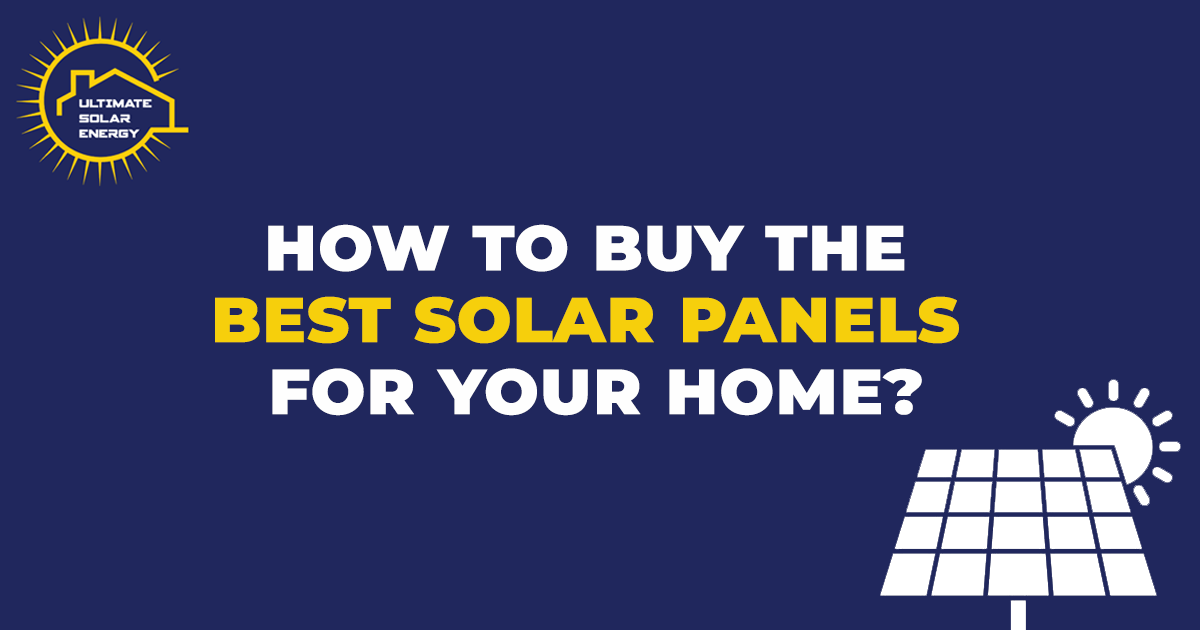How to Buy the Best Solar Panels for Your Home
How to Buy the Best Solar Panels for Your Home?
With the increasing inflation and electricity costs, it is high time to rethink the monthly budget for utilities and switch to affordable options. Since fossil fuel prices at an all-time high, many people are switching to long term, pocket-friendly power substitutes to get green, eco-friendly electricity. Solar power is one of the most reliable and durable option for both residential and commercial sectors.
Finding the perfect solar PV system for homes is an arduous task that requires extensive research and analysis. In this article, we will provide solar consumers with some best solar buying tips that will assist them in purchasing cost-effective solar PV systems for their homes.
How to Choose Solar Panels for Your Home?
Initially, shifting to a hybrid power grid could be intimidating for many consumers. Hence it is essential to plan and strategize a renewable solar power setup with suitable solar modules. Here are the following things one must consider before going solar:
- Type of solar panels
- Power consumption requirements
- Number of solar panels
- Quality/Performance
- Mounting
- Roof compatibility
- Outlay
- Warranty
- Durability
Type of Solar Panels
There are three main types of solar photovoltaic panels – monocrystalline, thin-film, and polycrystalline. Monocrystalline solar panels offer high performance and efficiency, but these panels are expensive. Polycrystalline and thin-film solar panels are comparatively budget friendly but have low performance and efficiency rates. Later ones are perfect options for consumers with low power requirements.
Power Consumption Requirements
It is essential to evaluate power consumption needs to choose a suitable solar PV system for homes. Though it sounds complicated, consumers can easily find their monthly and hourly consumption in their electricity bills. The evaluated power consumption values will assist new solar consumers in deciding how many panels they need.
Required Number of Solar Panels
After deciding the suitable solar panel type, the next big thing to decide is how many solar panels will be needed. Its calculation is relatively easy to understand. Mostly solar panels give power output in the range of 300W to 330W. Divide the evaluated power consumption value by the solar panel output range and multiply the result by 1000 to get the number of solar panels.
For instance, if your evaluated power consumption value is 5.3kW, the calculation will be like 5.3 kW / 300* W X 1000 = 17.6, which means you will need approximately 18 solar panels to get a power output of 5.3kW.
Quality/Performance
The quality of solar photovoltaic cells is a significant factor that will specify the time of ROI (return on investment) of any solar PV system. High-quality photovoltaic cells guarantee optimal power output in the long term. However, the rate of converting sunlight into renewable power is known as the efficiency/performance of solar PV systems. It is crucial to check suitable quality and performance as both factors, if picked rightly, will benefit solar consumers in the longer run.
Mounting
Correct mounting of solar panels is crucial for the durability of the solar system. Solar panels are highly prone to wind damage as wind pressure produces abrasions on the panel surface, loose connections, and eventually disturbs the system power output. Also, high winds can vandalize weakly mounted solar panels. Thus, to avoid any such loss, select the right fit mounting systems and go for professional solar panel installer services.
Roof Compatibility
A solid base is mandatory for mounting any solar PV system, and if a consumer is scaling panels on the roof, it is significant to check roof compatibility, which includes construction health, sunlight angles, and obstacles. Solar panels must be set to get maximum sunlight for high performance and efficiency. Also, there should be no obstacles, such as trees or shades between sunlight and panels.
Outlay
Going solar requires high financial costs, but luckily it is a one-time investment with excellent payback time. Therefore, evaluate allexpenses, such as the number of solar panels, supporting components, inverters, solar batteries, and installation costs. Other expenditures include connecting the solar system to the grid. Fortunately, the Australian government offers various rebates and feed-in incentives that reduce overall solar panel outlay to a great extent.
Warranty
Solar panels are expensive assets, and warranty periods provide security to consumer solar investments. Most solar panels come with two types of warranty; performance warranty and equipment guarantee.
Typically, a performance warranty provides a 90% production guarantee for 10 years and an 80% production guarantee for 25 years. However, an equipment warranty gives a 10 to 12 years equipment functional guarantee. So, before making any decision, check and compare the warranty periods of different solar companies.
Durability
Generally, solar panels have a durable build with an average life of more than two decades. And it is worth choosing sturdy and compatible racking stands that will sustain stability and improve the performance of solar panels.
At Ultimate Solar Energy, we make your decision making process so simple. We design customized solutions based on your requirements, using only the most premium products.
Get a Free Quote now!

